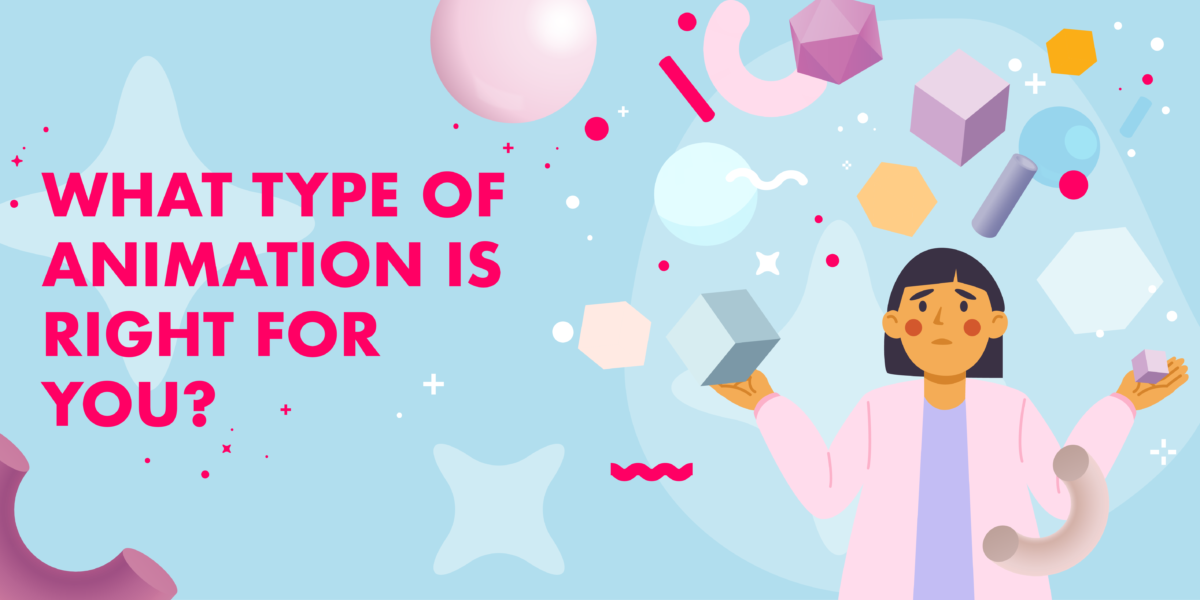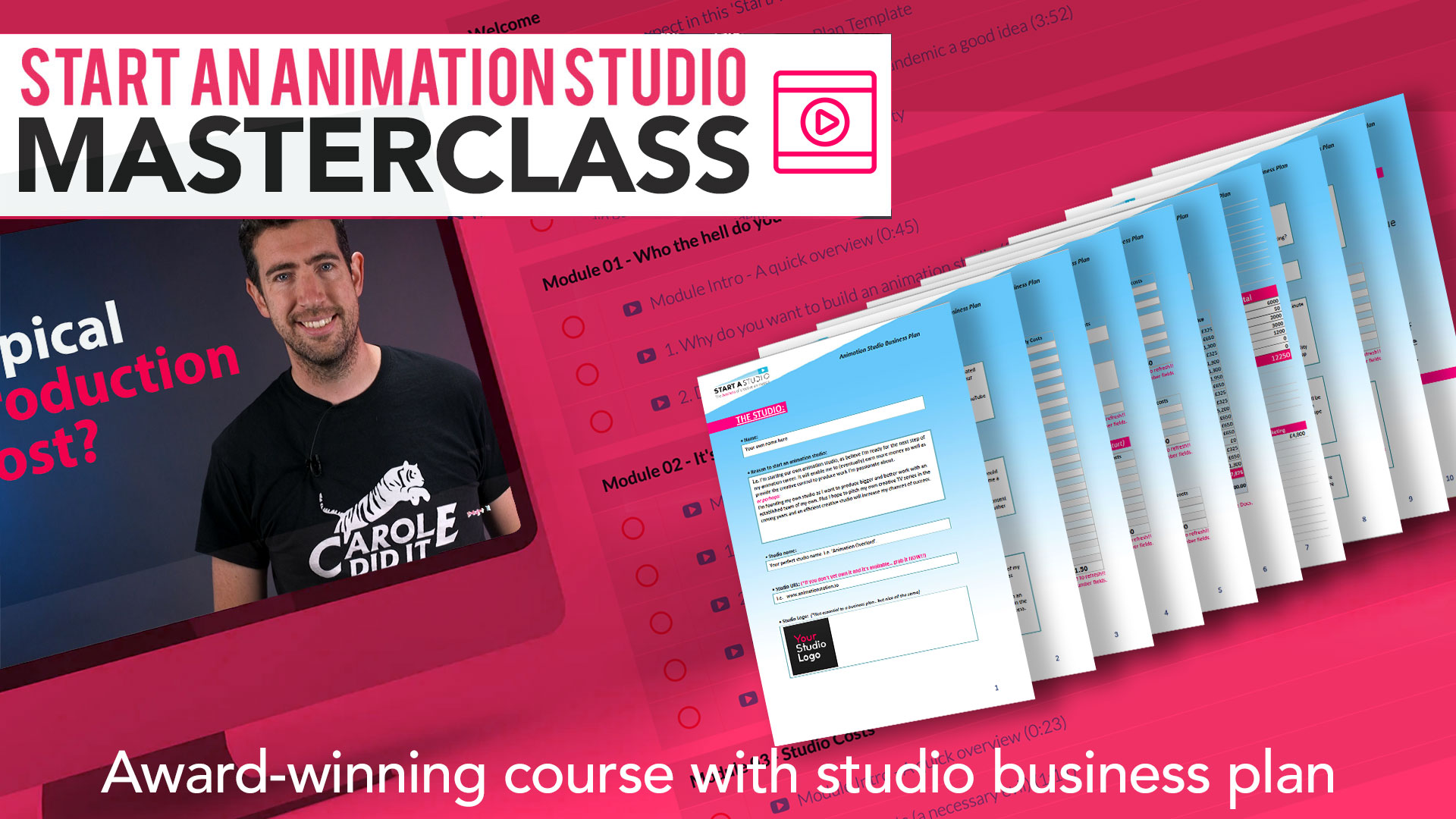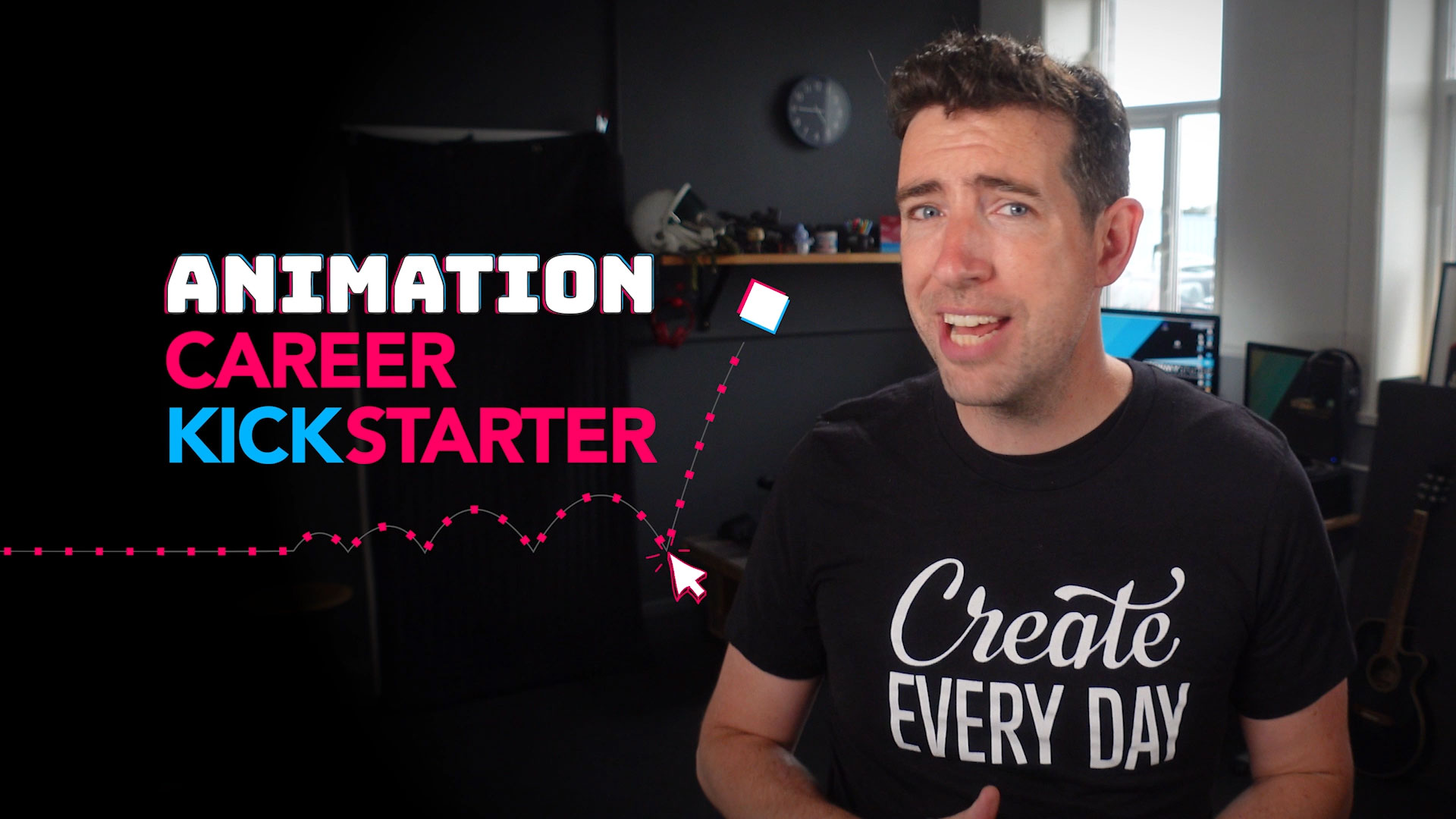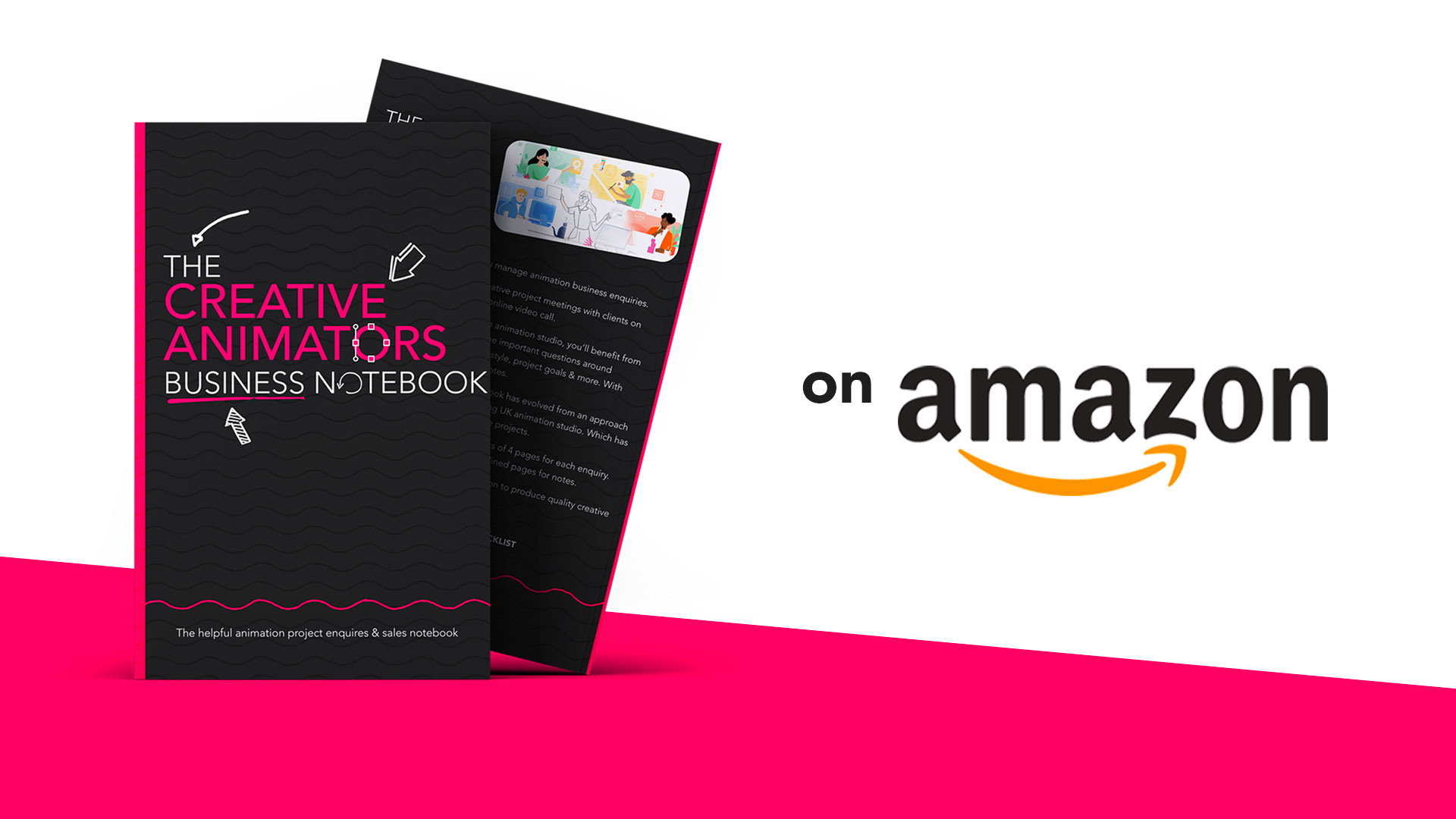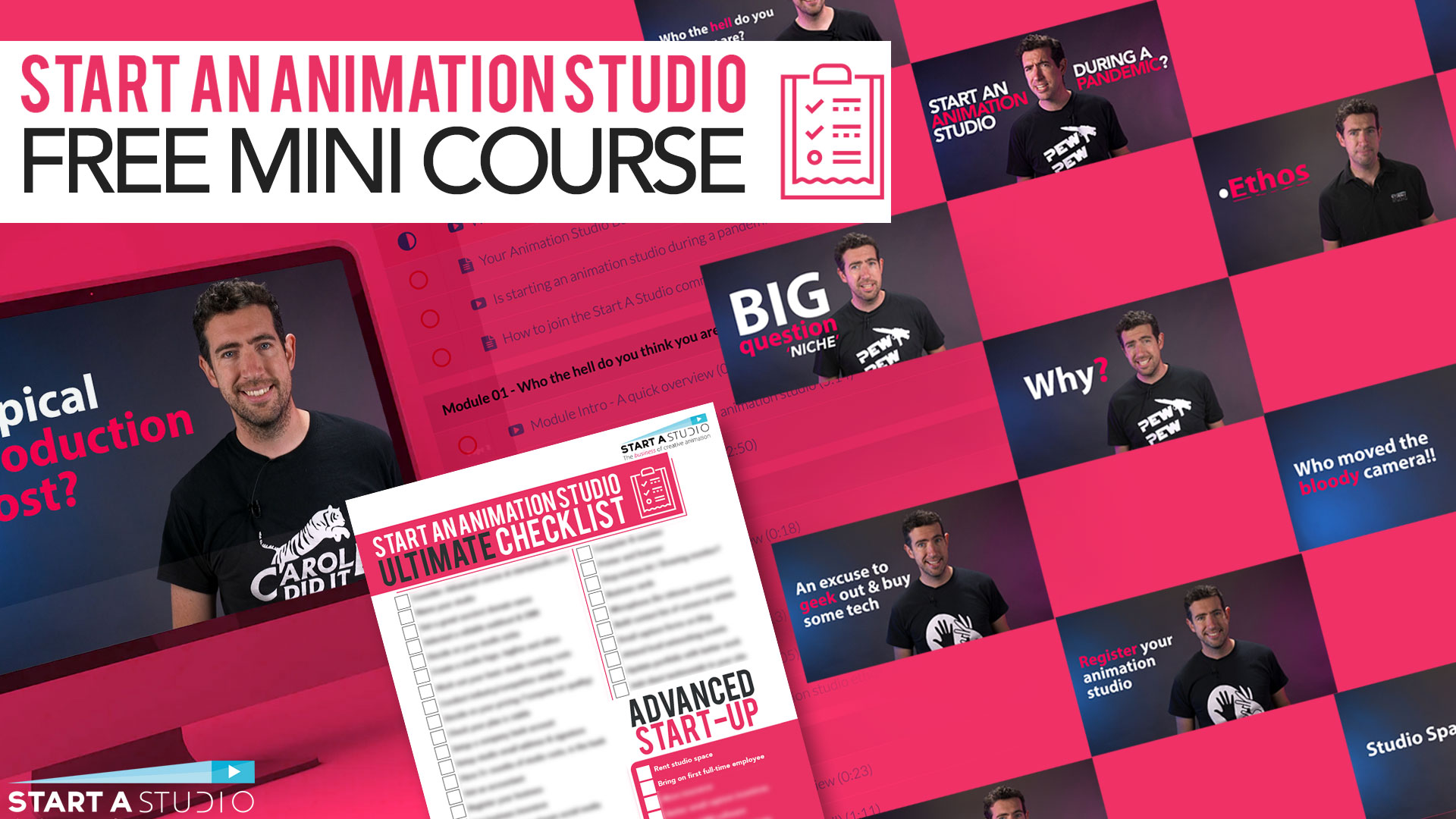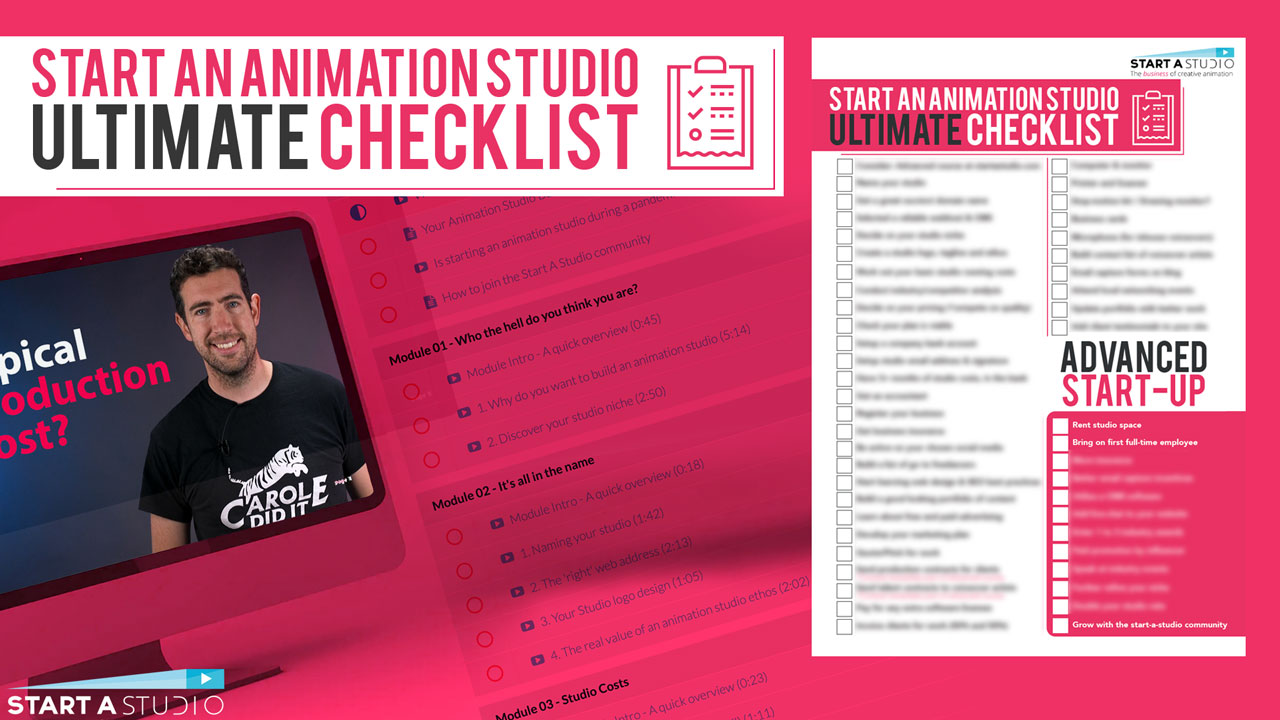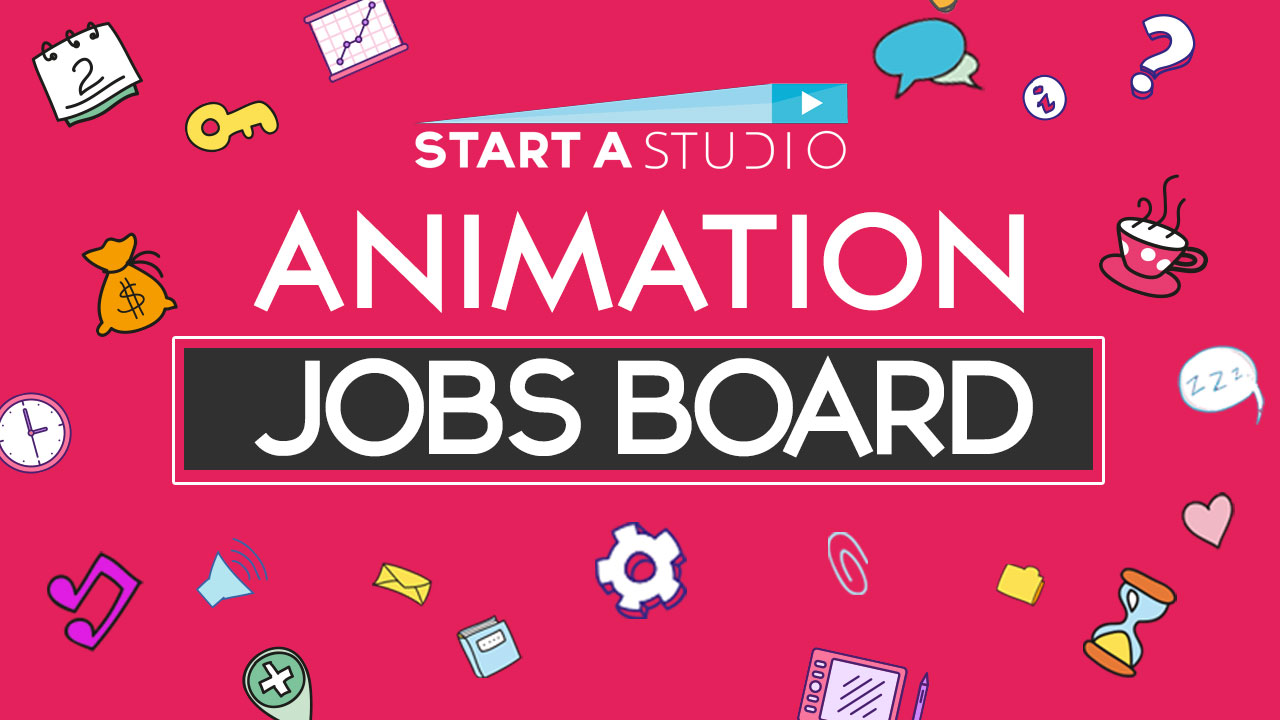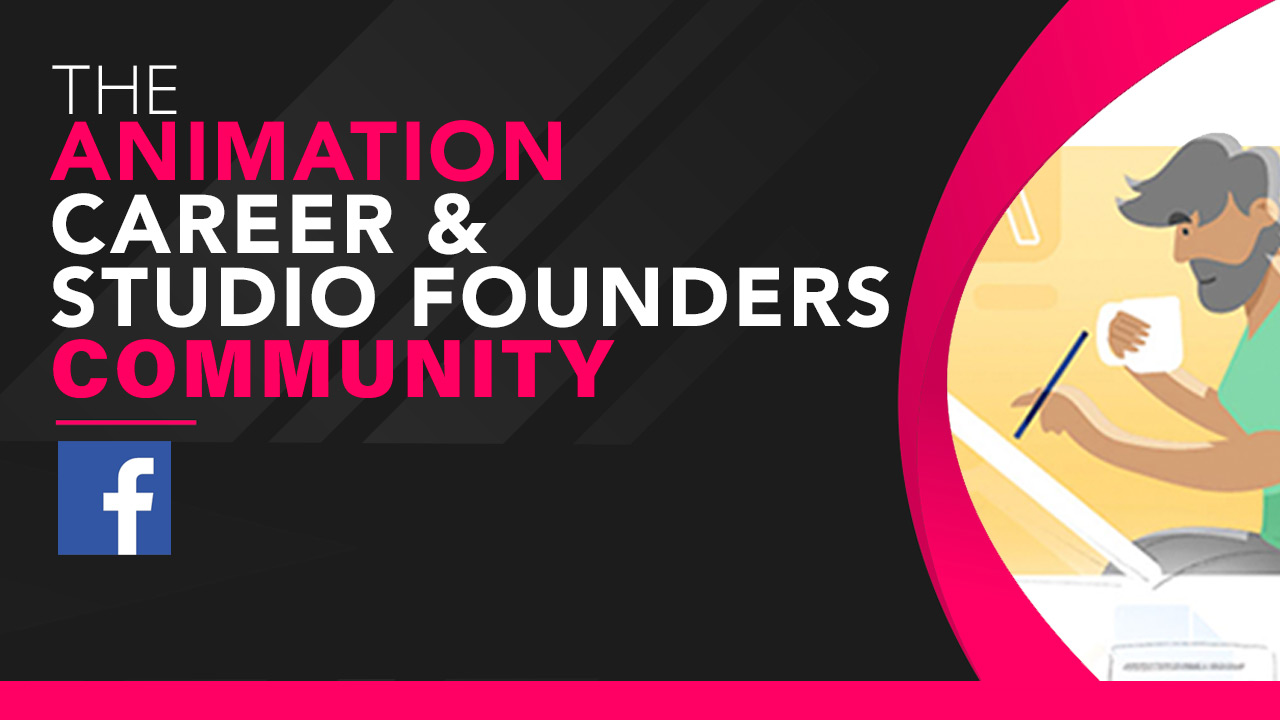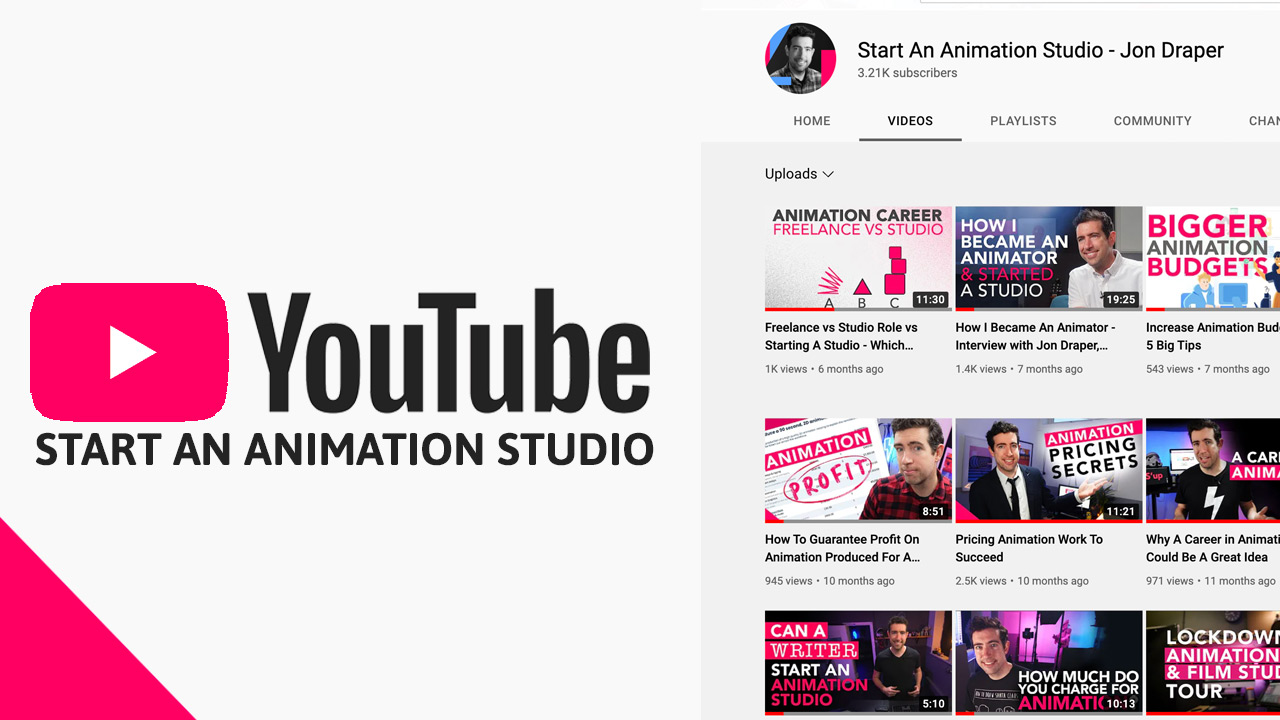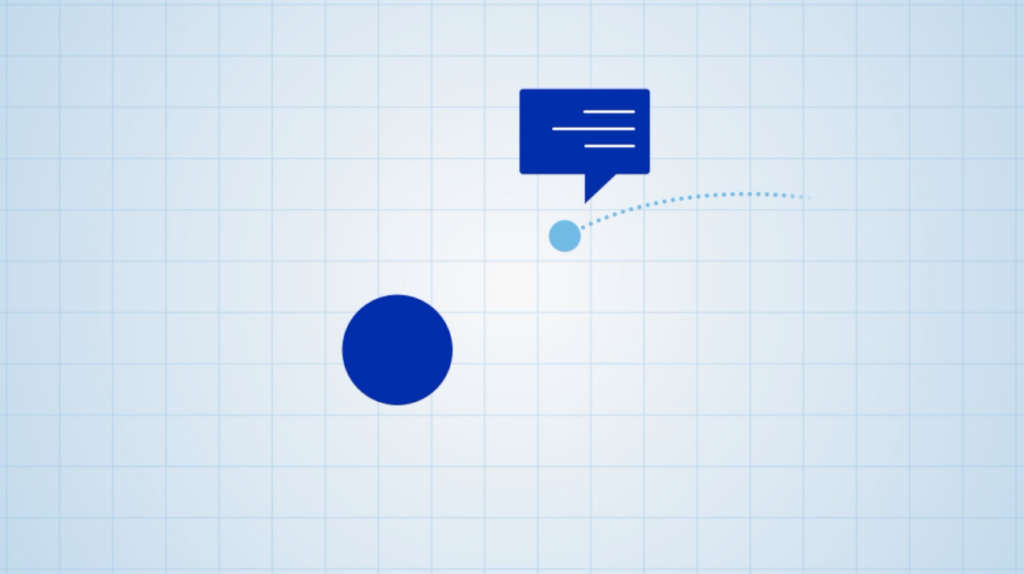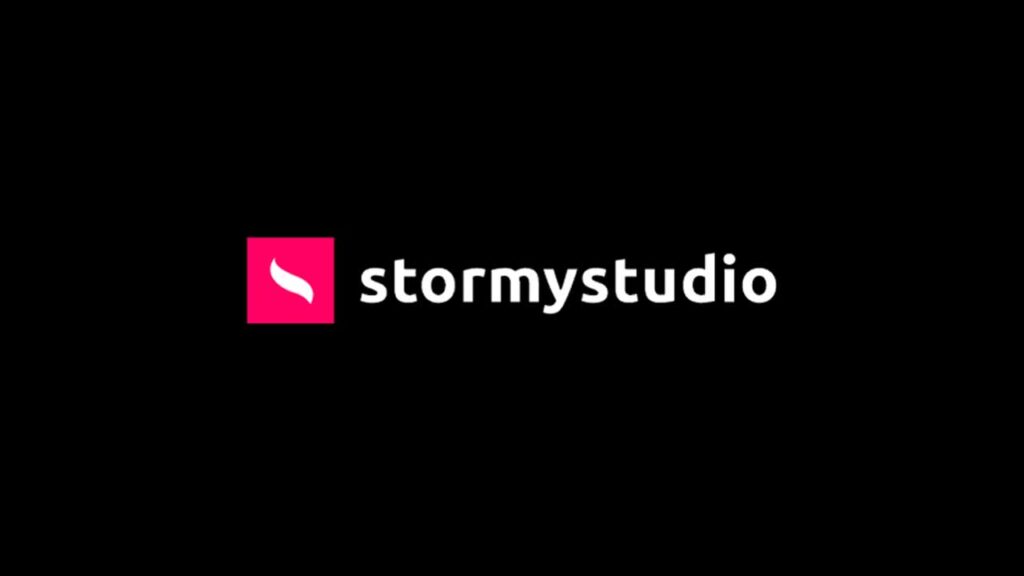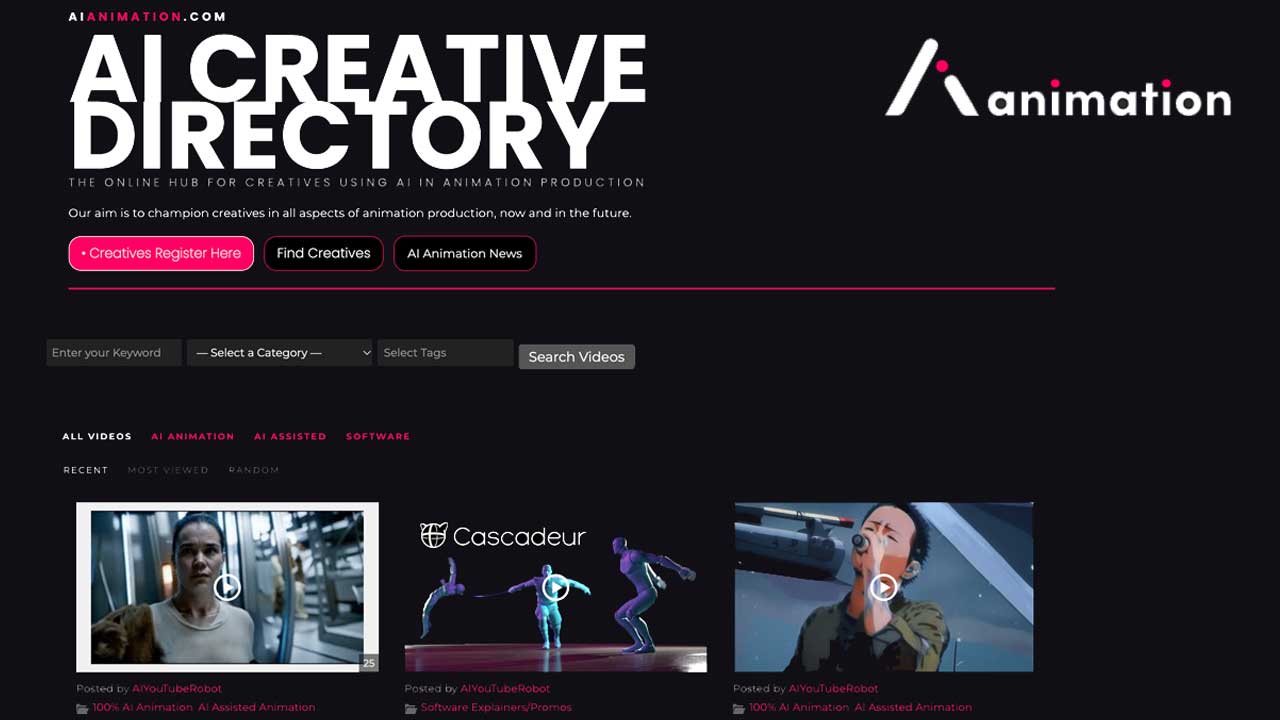The variety of different animation styles are often overwhelming to businesses looking to invest. How do you know what type of animation is right for your business?
Simply put, animation is the process of creating movement from a still image, drawing, or model. Within that simple definition there are a multitude of different styles. Having a basic knowledge of the different types of animation will help you understand what style will best fit your business.
Traditional or Cel Animation
Traditional or cel animation is the first thing that comes to most people’s mind when they imagine the animation process. In this style of animation, each frame is drawn, traditionally by hand. This was originally done on celluloid sheets, hence the name ‘cel.’ Think Disney and Studio Ghibli; you can actually buy some of the cel sheets they used in the films.
With new digital advancements like CAPS (Computer Animation Production System), animations started being drawn using digitised software, which sped up the process and created new types of animation.
2D or ‘vector based’ animation
‘Vector-based’ animation developed from traditional cel animation, but with a difference. Instead of having to draw out each frame individually, animators create ‘rigs.’ These act as the ‘bones’ of an animation and are adjusted to create a flow of movements—a little like the strings of a puppet.
Right for your business?
2D is an extremely popular style for business animation thanks to the clean, simple look it offers. However, it lacks the personalisation of cel or traditional, resulting in an often more corporate look - which isn't necessarily a bad thing! Check out the video Stormy Studio produced for the UK's leading gift card exchange service, Cardyard.
3D Animation
3D animation involves ‘modelling’— digitally creating a 3D character design or environment which is then ‘rigged’ digitally to create movement. An animator creates key moments, or ‘keyframes’, which are filled in and transformed into a flow of movement by a computer. 3D animation also involves a process called ‘rendering’, which transforms the animation into a 3D video using the data the animator has created digitally.
Stop-motion animation
Stop motion is another style that people think of when they hear the word ‘animation.’ Stop-motion involves real objects, often puppets, which are photographed, moved and then re-photographed. Frames are then strung together to create the animation.
Right for your business?
Stop-motion can create a striking effect and has been famously used by creators such as Wes Anderson, Aardman Animation and Tim Burton. However, it is a lengthy, labour intensive process which makes it unsuitable for most business animations. Check out this famous stop animation by PES, it's one you've probably seen before!
Motion Graphics
Motion graphics are used in a slightly different way to the types of animation listed above. Rather than show a narrative, motion graphics explain an idea. Often, motion graphics involve typography, logos or shapes.
Live action and animation
As well as being effective on its own, animation is also a great way to enhance a live action video with moving graphics. If you want to emphasise the key points in a live-action demonstration, this combination might be ideal for you.
Right for your business?
Combining live action with animation will help you explain large-scale concepts whilst keeping you video marketing personal. It can give a really sophisticated look to things like Webinars, tutorials, YouTube videos, or even movies. You can add simple infographics to aid in visualising key points, or a mix of real life and animated characters, such as Enchanted (2007). Check this one that Studio Studio did for Weatherhead.
Deciding what type of animation is right for your business
What are you trying to say?
When considering what type of animation your business wants, think about what you’re trying to communicate. How do you want your viewers to be left feeling after they’ve finished the video? Do you need to make your product sound easy to use, technically impressive, or trustworthy and reliable? All these things will affect the type of animation you want to use.
Choose a freelance animator or animation studio that takes time to listen to the message your business is trying to get across. The animation team will then use their expertise to know what type of animation to pair it with.

What's your budget?
Another important factor when choosing a style of animation is cost. A complicated, lengthy 3D video is far more expensive than a simple 2D one, so put your budget first.
A trustworthy animation studio or freelancer will understand your budget and work with you to create the most cost-effective production possible. If you’re unsure about cost, speak to the studio and ask for the pricing options they provide.
If you’re still not sure whether business animation is a good investment for your company, check out our article highlighting the benefits here.
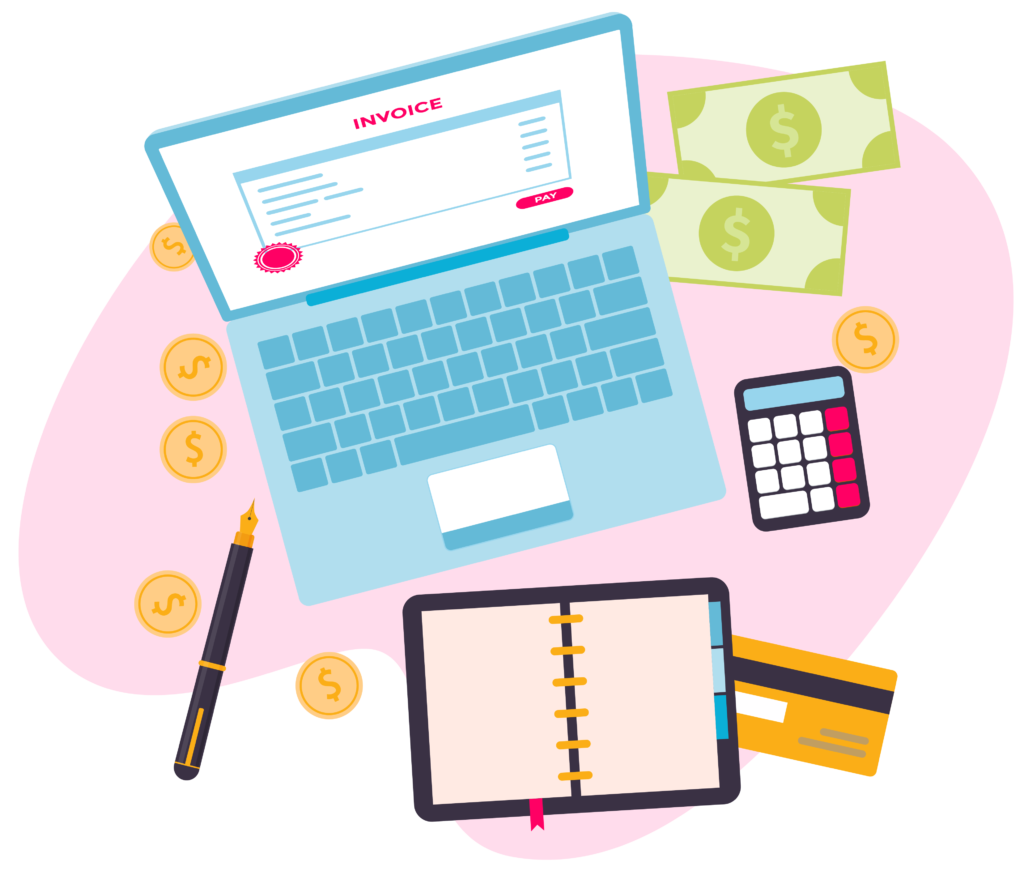
Want to find out more?
Have a good idea of the type of animation you want for your business? Check out the animation highlights of our 2020 to see how Stormy Studio have produced high-quality animations for companies like yours:
Interested in an animation career or starting a studio?
Checkout these resources
Share this Post

